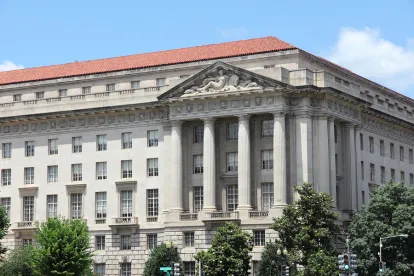On April 30, 2021, EPA Administrator Michael Regan signed the Biden EPA’s first proposed rule to address greenhouse gas emissions and climate change. The nearly 300-page proposal goes into great detail about how EPA proposes to establish an allowance-based trading program to phase down hydrofluorocarbons (HFCs) in the American economy. HFCs are commonly used in air-conditioning, refrigeration, fire suppression systems, foam blowing agents, and cleaning solvents, among other uses. They are also potent greenhouse gases, with, in some cases, the ability to generate thousands of times more heat than the equivalent amount of carbon dioxide. Under the proposed rule, EPA would gradually ratchet down the domestic production and importation of HFCs—first by 10% beginning in 2022, and ultimately to 85% below baseline in 2036 and beyond. Click here to read more from B&D’s experts regarding the technical details of the proposed allowance program
However, this major climate change rulemaking is also notable because of what it demonstrates about how the Biden EPA will translate political rhetoric and Executive Orders on environmental justice on environmental justice into concrete regulatory actions.
In a highly symbolic move, EPA’s proposed HFC phase-down rule puts its environmental justice section front-and-center—before the substantive proposal, economic analysis, or even the section discussing defined terms. For nearly a quarter-century, traditional EPA air and climate rules under all administrations have placed environmental justice considerations near the very end of the rulemaking documents. Although symbolic, the Biden EPA's decision to buck that historical trend signals how centrally it will incorporate environmental justice considerations in rulemakings — including, as Administrator Regan directed, “to consider regulatory options to maximize benefits” to environmental justice communities.
The rule’s notice indicates that the Biden EPA will scrutinize environmental justice impacts of its regulatory actions. As highlighted in the notice, the proposal seeks comment regarding (A) the structure and content of the phase-down, to avoid creating or exacerbating disproportionate impacts on minority populations, low-income populations, and/or indigenous people, as well as (B) how EPA could mitigate existing disproportionate impacts on such communities. Specifically, the proposal considers:
-
Effects of Climate Change. EPA discusses the disproportionate impacts that climate change has on environmental justice communities, based on findings of the U.S. Global Research Program, the Intergovernmental Panel on Climate Change, and the National Research Council of the National Academies.
-
Hazardous Air Pollutants. EPA outlines its concerns that the allowance-based system to phase down HFCs could centralize chemical manufacturing in environmental justice communities already overburdened by air pollution. Although HFCs themselves have no local climate change effects and have low toxicity to humans, EPA notes that the chemicals used to produce HFCs—or emitted as a consequence of HFC production—can have localized effects. The Agency also conducted a proximity analysis to examine the characteristics of communities living nearby HFC production facilities. EPA seeks solutions to avoid adverse consequences of the allowance program, alongside its own proposals to make allowance transfers more difficult, to be more transparent with certain data, and to place greater restrictions on allocation of allowances.
-
Economic Impacts. The proposal’s environmental justice considerations do not stop at public health consequences. Consistent with E.O. 14008’s command to address the “accompanying economic challenges” of cumulative impacts on disadvantaged communities, the EPA proposal states that some “small disadvantaged businesses”—particularly minority- and women-owned small businesses—may have faced challenges entering the market “due to systemic racism, market-access barriers, or other challenges.” The EPA expressly solicits comment on structural barriers to entry in the HFC market and seeks comment on ways to “ensure a more equitable marketplace” in light of concerns that some businesses may face barriers “due to societal problems, such as systemic racism or sexism.”
When the rule is published in the Federal Register in the coming days, it will trigger a 45-day comment period—including a virtual public hearing 15 days into that period. Stakeholders should evaluate and comment on the proposed rule, which will form a key regulatory precedent for the Biden EPA’s approach to environmental justice issues in air quality and climate regulations.





 />i
/>i

